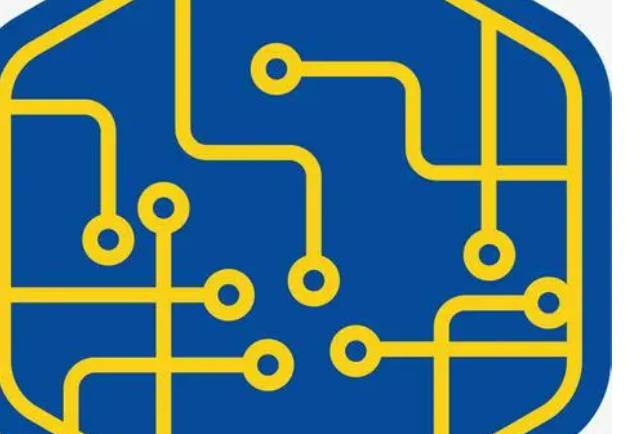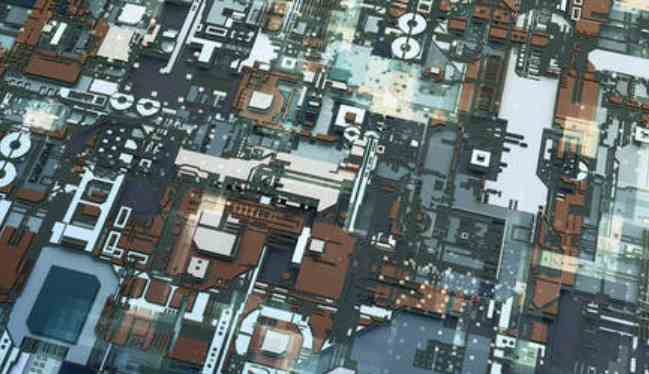
With the popularity of smart phones, the trend toward miniaturization of electronic products and the requirement for lead-free processes in the European Union, as well as the simplicity and lower cost of ENIG surface treatments compared to other surface treatments, In addition, there are excellent repeatable weldability, good flatness suitable for fine foot parts, long-term storage is not easy to oxidation, so more and more electronic products choose ENIG as its PCB surface treatment.
However, in our daily SMT welding operations, it is often found that the ENIG surface treated boards are prone to nickel corrosion and phosphorus-rich layer, which are two fatal problems. Once such problems occur, they often cause a large number of solder joint reliability problems. Because these two kinds of problems are very hidden, the current reproduction is not easy to be detected, once discovered, most of the time is too late, the damage and loss has already been caused, and may also be irreparable.
So, a lot of people in the use of ENIG(nickel gold) surface treatment of the board hit found to have parts fall or poor welding, the first thought of the problem is usually "black nickel" also known as "black pad", but it seems that few people really understand what is "black nickel" or "black pad", So this article tries to talk about ENIG's "black nickel" or "black pad" from the perspective of a working bear.
ENIG's "black nickel" has two main components: "phosphorus rich" and "nickel oxide".
"Phosphorus" comes from the chemical nickel coating. In the subsequent replacement process of "gold" and chemical nickel, because "phosphorus" does not react, it will stay between the gold layer and the nickel layer, forming P-rich layer, and finally forming the result of embrittance in the welding strength.
"Nickel oxide" is basically composed of complex NixOy chemical formula (x and y are numbers). The fundamental reason is that the nickel surface is subjected to excessive oxidation reaction during the gold leaching replacement reaction on the nickel surface (the ionization of nickel metal into nickel ions is generalized "oxidation"). Moreover, the irregular deposition of very large "gold" atoms (gold atomic radius 144pm) leads to the formation of rough, loose and porous grain arrangement, that is to say, the "gold" layer fails to completely cover the bottom "nickel" layer, allowing the nickel layer to be exposed to the air to continue the oxidation process, so that the nickel rust gradually forms under the "gold" layer, and finally causes the obstacle of welding.

Because most of the solder, such as SAC305, SAC3005, SnBi, SnBiAg and other components are basically based on tin (Sn), when the circuit board is heated by the backwelding furnace, Sn will form the IMC of Ni3Sn4 with the nickel (Ni) of ENIG. If the nickel layer is oxidized, It will be difficult to generate an ideal IMC, even if it can be barely generated, its IMC is intermittent and uneven, which will lead to reduced welding strength, just like a brick wall coated with cement, the cement between the brick wall and the brick wall is like IMC, if some places are not coated with cement, the strength of the wall will become weak is the same reason.
In fact, the surface treatment of the board is also called nickelized palladium (ENEPIG), and this can effectively prevent the formation of "black nickel/black pad" problem, but because it is expensive, it is currently only used by high level board, CSP, or BGA manufacturers.
Two potential problems of ENIG pad and their prevention
The basic process of ENIG
ENIG surface treatment circuit board is one of the biggest advantages of the circuit board production and manufacturing process is simple, in principle only need to use two kinds of chemical potion (electroless nickel plating and acid gold water) can be completed, of course, also need other potions to assist. The ENIG surface treatment process is usually to make chemical nickel deposition on the brazing pad first, and control the thickness of the nickel layer by controlling the time and temperature. The nickel pad is immersed in the acidic gold water by using the newly deposited nickel activity, and the gold is replaced from the solution to the surface of the pad by chemical displacement reaction, while the nickel on some surface is dissolved into the gold water. The "gold" on the replacement will gradually cover the nickel layer until the nickel layer is completely covered, the displacement reaction will automatically stop, and the process can be completed after cleaning the dirt on the surface of the pad. The plating is often only about 0.05um(2u") thick or thinner, so ENIG's process is very easy to control and relatively low cost (compared to nickel gold plating).
Obviously the surface of this thin layer of gold layer can only play a role in the oxidation protection of nickel layer, once the gold layer is not enough to protect the nickel layer, resulting in nickel and air contact corrosion oxidation or by gold water transition corrosion, that is, the formation of the so-called "black nickel" or "black pad" phenomenon, and at this time the surface of the pad with the naked eye or gold shining gold, It's usually hard to tell if there's a problem by looking at it. Therefore, it is very necessary to strengthen the quality inspection of ENIG surface treated PCB before assembly process.
Extended reading: PCB Production Process Introduction









